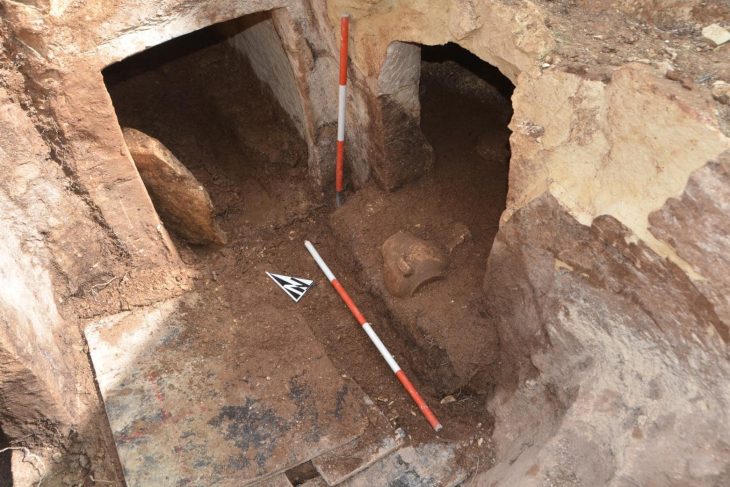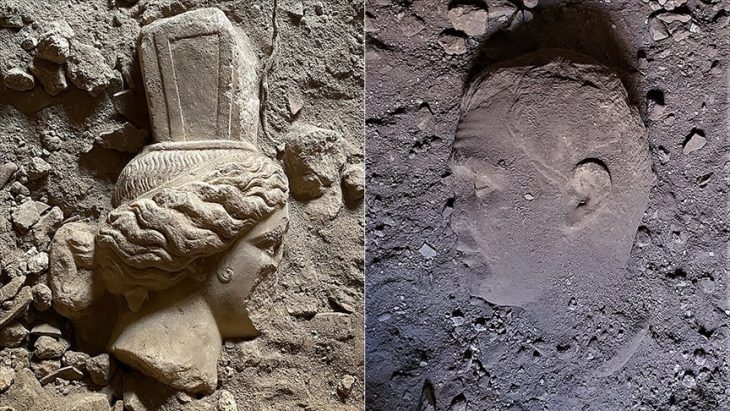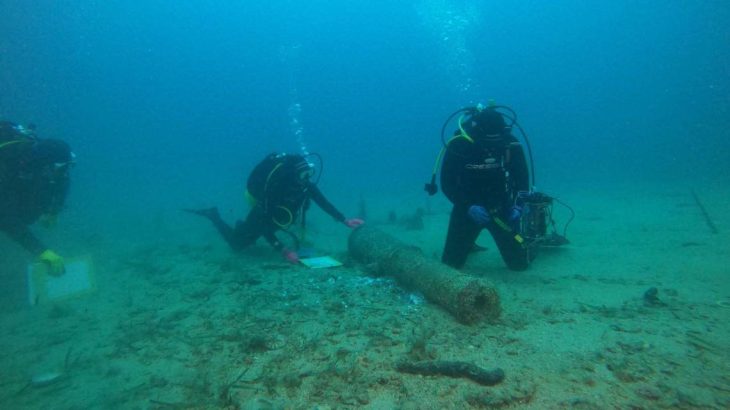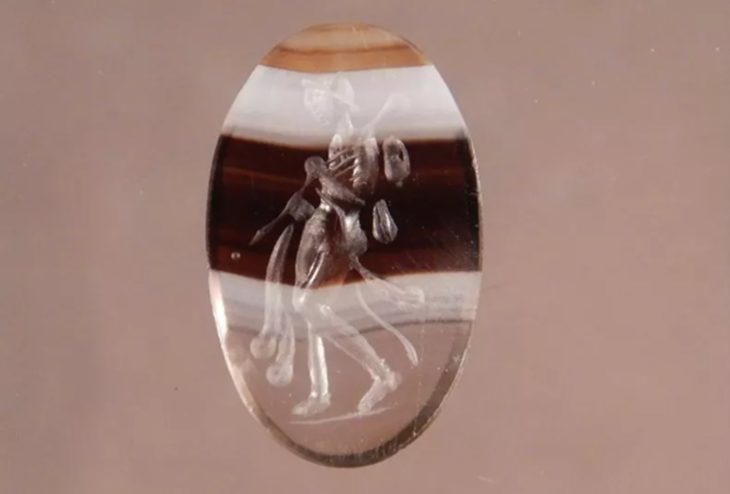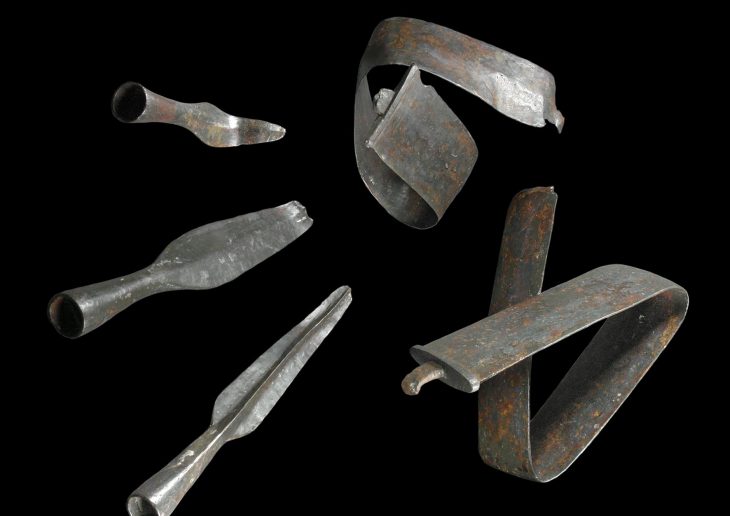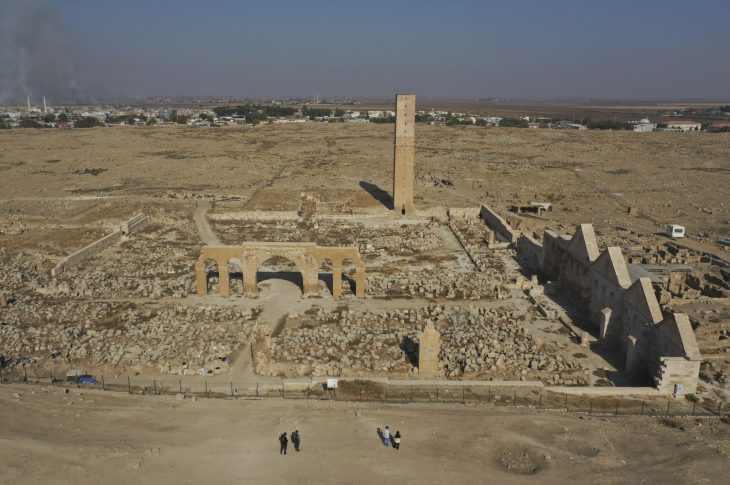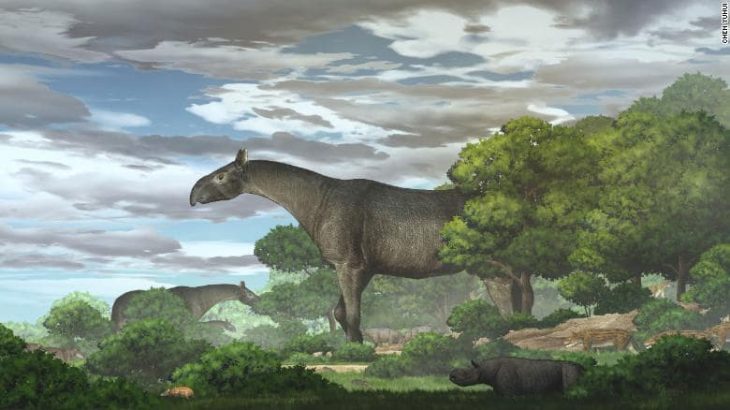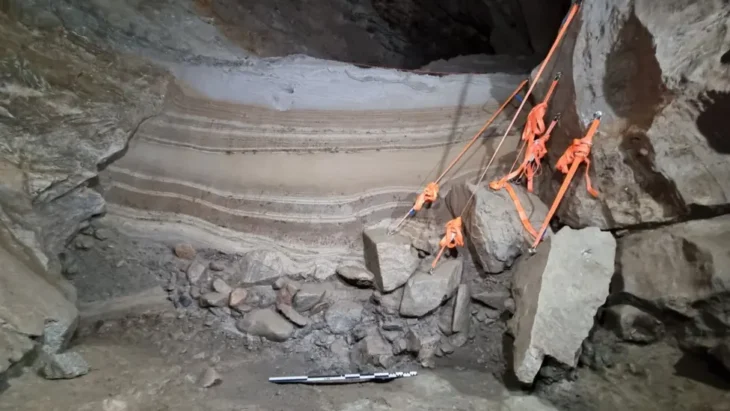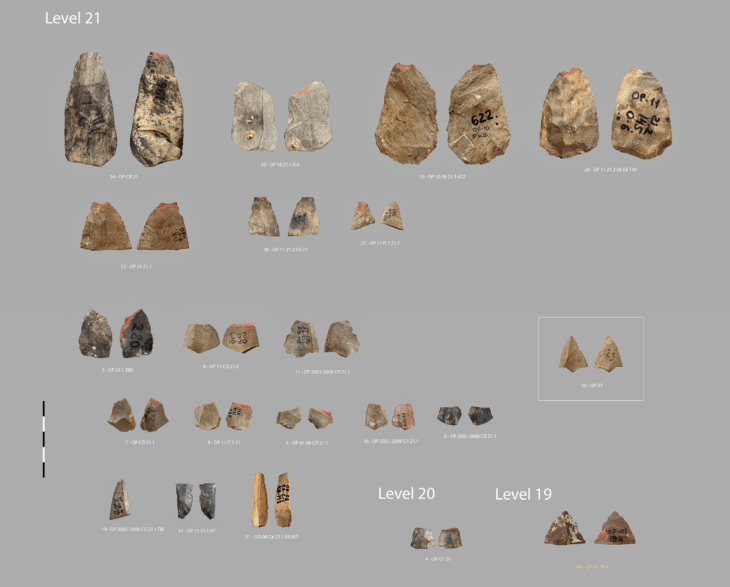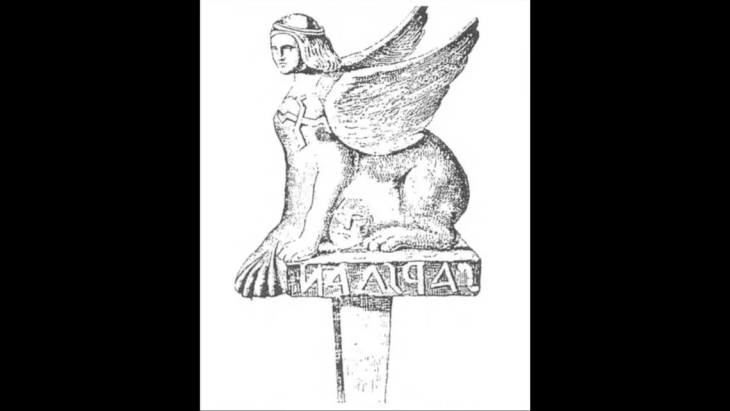In a stunning revelation, archaeologists have unearthed a remarkable structure dubbed “woodhenge” in Denmark, a discovery that not only illuminates the ancient practices of Neolithic societies but also invites us to reconsider the interconnectedness of prehistoric cultures across Europe.
In a remarkable archaeological discovery, a team led by Sidsel Wåhlin at Vesthimmerland Museum has unearthed a structure dubbed “woodhenge” in Aars, a town in northwestern Denmark. This ancient site, consisting of 45 wooden pieces arranged in a circle with a diameter of approximately 100 feet, is believed to date back to between 2600 and 1600 BC. The find was made during construction work for a housing estate, revealing a significant connection to the Neolithic era.
Wåhlin described the discovery as “extraordinary” and a “once-in-a-lifetime” find, emphasizing its implications for understanding the cultural ties between Denmark and the British henge world. The structure closely resembles the henges found in Britain and Ireland, which are characterized by their circular arrangements of stones or timber posts. This resemblance raises intriguing questions about the interactions and shared practices of Neolithic peoples across Europe.
Archaeologists are currently investigating the possibility of an inner circle at the Aars site, akin to the famous Stonehenge in Wiltshire, England, which is thought to have been constructed between 3100 BC and 1600 BC. Wåhlin noted that these structures likely served as ritual centers, connected to sun worship and agricultural practices of the time. The planning and construction of such monuments suggest a sophisticated understanding of their significance within the social and spiritual frameworks of the communities that built them.
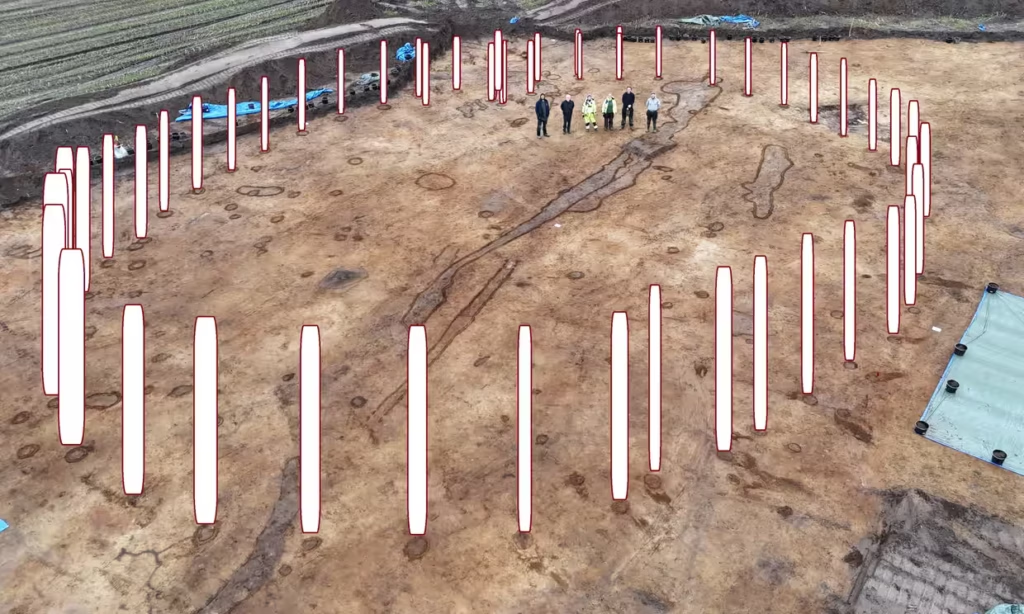
The discovery of the wooden circle in Aars is particularly noteworthy as it is the first of its kind that can be thoroughly investigated. Previous finds of timber circles on the Danish island of Bornholm have hinted at similar practices, but the Aars site offers a unique opportunity to explore the connections between early farming communities in Denmark and their counterparts in Britain.
📣 Our WhatsApp channel is now LIVE! Stay up-to-date with the latest news and updates, just click here to follow us on WhatsApp and never miss a thing!!
In addition to the wooden circle, archaeologists have also uncovered an early Bronze Age settlement at the site, which includes a chieftain’s grave and a bronze sword. This context enriches the narrative of the region’s history, suggesting a complex interplay of cultural influences. As the team continues to excavate, they are searching for “ritual deposits” such as flint arrowheads and daggers, which could provide further insights into the rituals and social structures of the late Stone Age and early Bronze Age.
Wåhlin expressed hope that ongoing research will reveal more about the connections between the Aars site and other Neolithic peoples, including those who constructed Stonehenge. The influence of various regions is already evident in the pottery and burial practices discovered at the site, hinting at a rich tapestry of cultural exchange in prehistoric Europe.
As the investigation unfolds, the “woodhenge” discovery not only sheds light on Denmark’s ancient past but also invites us to reconsider the broader narrative of Neolithic societies and their enduring legacies.


